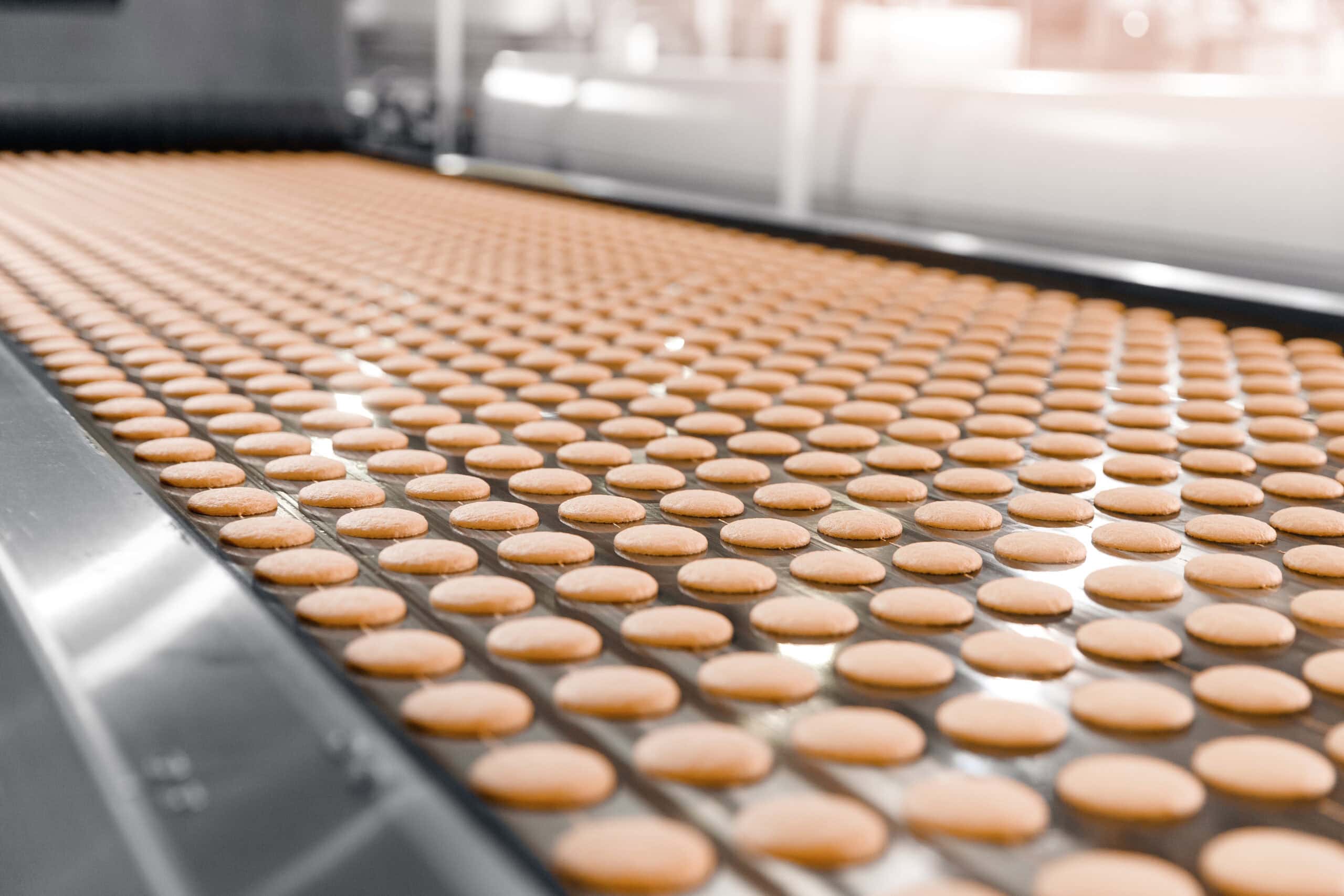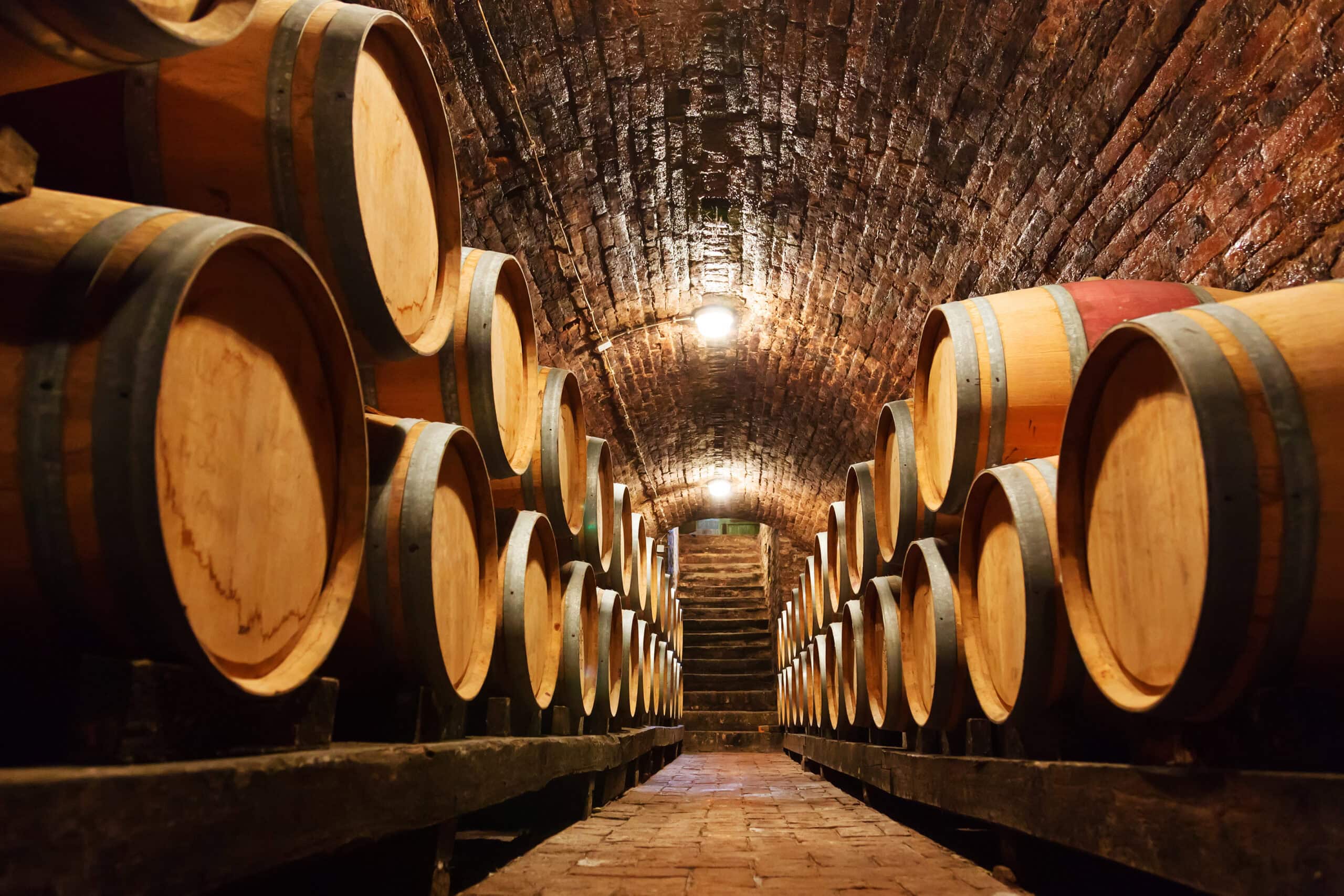Tips to Minimize Contamination With Steam Sterilization
Leave a CommentProviding clean steam for pharmaceutical manufacturing and healthcare applications is crucial for ensuring the proper sterilization and safety of products, equipment, medical tools, and patients. Heated and pressurized clean medical steam and pharma steam effectively kill microbial contaminants and help facilities adhere to strict cleanliness criteria to comply with industry quality and safety standards. In this blog, we’ll detail helpful tips for reducing contamination in the pharmaceutical and medical sectors through steam sterilization.
Use Clean Steam
Having contaminant-free steam is important for numerous operations ranging from sanitation to humidification. Pure steam will comply with industry requirements for such processes, which dictate steam’s acceptable dryness, total organic carbon and endotoxin content, and water conductivity.
Lacking any additives or additional substances, clean steam is the result of heating one of the following water sources above 212º F until it vaporizes:
- Water for injection (WFI)
- Highly purified water (DI)
- Purified water (RO)
This process eliminates the risk of source water entrainment and, as long as you maintain these thermal conditions for the appropriate time period, it’s highly effective in eliminating bacteria and microorganisms. When holding temperatures constant, sterilization times will vary based on the type of sterilizer you’re using, an item’s material construction, whether it’s wrapped or not, and other related factors.
Use Proper Clean Steam Systems
Products for markets like healthcare and pharmaceuticals are held to high standards when it comes to safety and quality. They require high-purity processing to minimize the risk of corrosion or product contamination and comply with all industry-based regulations.
Clean steam systems help prevent bacterial growth, consisting of high-grade, non-porous stainless steel parts and assemblies for the material’s hygienic properties. A quality, reputable steam sterilization system should come with the following documentation:
- 3:1 Material certificates
- Certificate of origin
- Certificates of compliance
- Standard test reports
- Surface finish reports
The general principle behind steam sterilization is to ensure that each component or device you’re sterilizing comes into direct contact with the clean steam. Within the controlled environment of an autoclave, you can achieve the proper pressure and temperature conditions for that steam and sterilize items for the necessary time period.
Steam sterilizers are available in two basic varieties: high-speed pre-vacuum sterilizers and gravity displacement autoclaves. Utilizing a vacuum pump to pull air from the sterilizing chamber before steam enters, high-speed pre-vacuum sterilizers provide virtually immediate steam penetration for porous goods. Gravity displacement autoclaves sterilize nonporous items, water, regulated healthcare waste, lab media, and pharmaceutical goods with direct-contact steam. To successfully sterilize wrapped medical supplies, you must maintain temperatures of 270º F in high-speed pre-vacuum sterilizers for 4 minutes and 250º F in gravity displacement autoclaves for 30 minutes.
Comply With Current Good Manufacturing Practices (CGMPs)
The Food and Drug Administration (FDA) establishes and enforces what are called the Current Good Manufacturing Practice regulations. These guidelines set the acceptable standards for:
- Procuring high-quality materials
- Utilizing properly designed systems
- Instituting robust operational procedures
- Developing quality management systems
- Monitoring equipment and its performance
- Identifying and evaluating any deviations in product quality or consistency
- Maintaining the state of your manufacturing and laboratory facilities for quality products and dependable testing results
By having these standardized CGMP regulations in place and adhering to them, your medical or pharma operation can better assure and manage product purity, overall quality, strength, and proper ingredients. CGMPs will help you avoid not only contamination but also manufacturing deviations or mix-ups that would negatively impact your pharmaceuticals and ability to produce a consistent product.
Proactively and Regularly Assess Steam System Performance
The following factors affect the purity levels of steam, which then impacts the quality, safety, and efficacy of finished goods:
- Sterilization system design
- Materials for construction
- Quality of feedwater
- Production practices
- Maintenance procedures
Like with any equipment, it’s important to be proactive about steam system inspections, maintenance, and repairs to ensure continued and optimal performance. Reviewing your equipment periodically lessens the chance that you’ll be caught by surprise and experience downtime in your steam system operation. This also helps guarantee that your system will continue to generate compliant, contaminant-free pure steam suitable for medical and pharmaceutical applications.
Contact Electro-Steam for Clean Steam Sterilization Solutions
Established in 1952, Electro-Steam Generator Corp. is a leading OEM manufacturer of electric steam generators. In fact, we make the most reliable miniature electric steam generator available on the market today. As part of our extensive American-made offerings, our team produces high-quality stainless steel generators in various configurations and sizes to reliably supply medical and pharmaceutical sterilizer equipment like autoclaves with clean steam.
We also offer exceptional service and technical support. Electro-Steam’s expert team is able to diagnose 95% of equipment issues over the phone as you stand in front of it in your facility, even if you lack a mechanical background. A five-year warranty comes standard on our units, with one-year coverage on components. We handle all parts and warranty inquiries quickly and accurately — often with same-day shipments.
Contact us today to learn more about the steam sterilization process and how a steam generator from Electro-Steam can support quality and efficiency in your operations.

 Proudly Made in the USA
Proudly Made in the USA 


